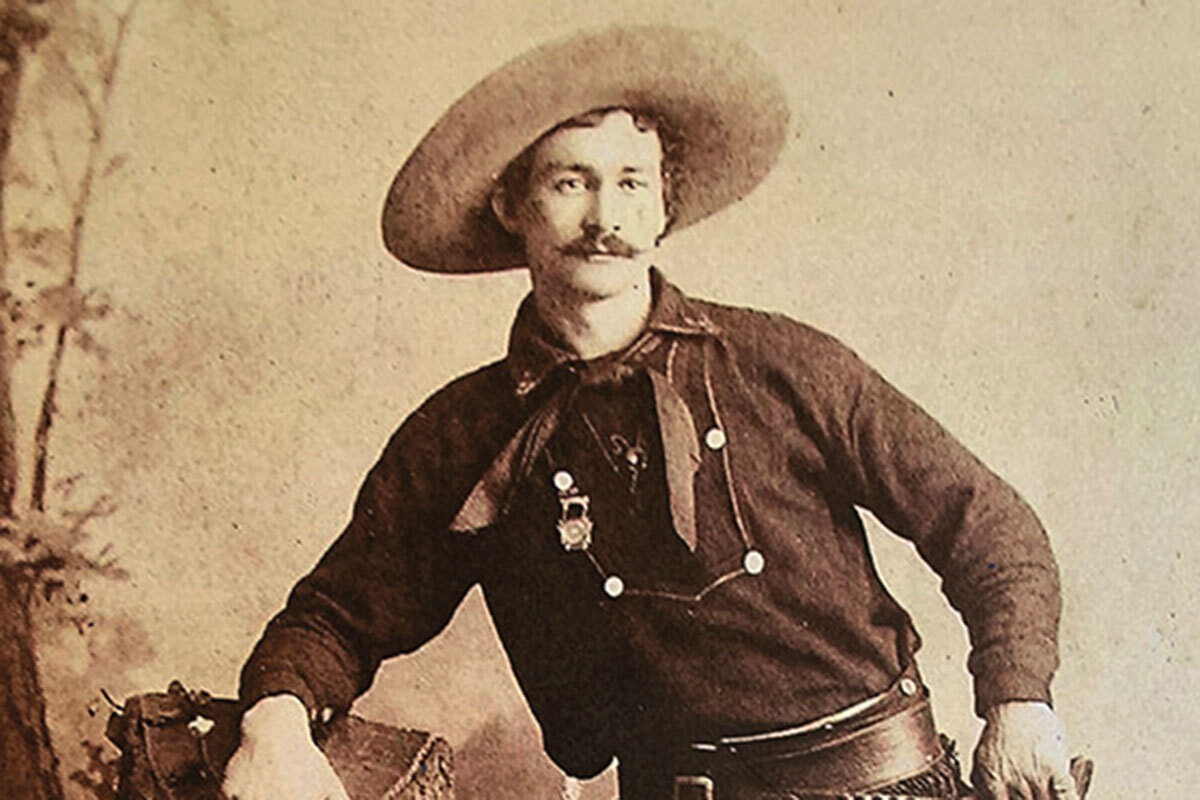
What is the Federal Reserve, and why does it matter? The Federal Reserve, often called the "Fed," is the central bank of the United States. Established in 1913, its primary goals are to ensure maximum employment and maintain stable prices. The Fed's structure includes the Board of Governors, 12 regional Reserve Banks, and the Federal Open Market Committee (FOMC). These entities work together to influence interest rates, regulate financial institutions, and provide emergency loans during financial crises. By managing the nation's money supply and credit conditions, the Fed plays a crucial role in the overall health of the U.S. economy.
Key Takeaways:
- The Federal Reserve, also known as the "Fed," was established in 1913 to stabilize the American banking system and has a dual mandate of achieving maximum employment and maintaining price stability.
- The Fed's structure includes the Board of Governors, 12 regional Reserve Banks, and the Federal Open Market Committee, and it performs critical functions such as conducting monetary policy and promoting financial system stability.
The Federal Reserve: A Pillar of the U.S. Economy
The Federal Reserve, often called the "Fed," is the central bank of the United States. It plays a vital role in maintaining economic stability and ensuring the smooth functioning of the financial system. Let's dive into some fascinating facts about this crucial institution.
-
Establishment
The Federal Reserve System was established by Congress in 1913 to stabilize the American banking system. -
Dual Mandate
The Fed has a dual mandate: achieving maximum sustainable employment and maintaining price stability.
Structure of the Federal Reserve
The Federal Reserve's structure is unique and complex, designed to balance public and private interests.
-
Structure
The system includes the Board of Governors, 12 regional Reserve Banks, and the Federal Open Market Committee (FOMC). -
Board of Governors
Located in Washington, D.C., the Board of Governors consists of seven members appointed by the President and confirmed by the Senate. -
Reserve Banks
There are 12 regional Reserve Banks, each serving a specific geographic area in the U.S. -
FOMC
The FOMC is a 12-member committee that sets U.S. monetary policy. The New York Fed president is a permanent voting member due to unique responsibilities.
Key Functions of the Federal Reserve
The Federal Reserve performs several critical functions to ensure economic stability and growth.
-
Monetary Policy
The FOMC influences interest rates and credit conditions, impacting economic productivity and spending. -
Inflation Target
The FOMC aims for a long-run inflation target of 2% to preserve the purchasing power of money. -
History
The Federal Reserve is the third attempt at a U.S. central bank, following the First and Second Banks of the United States.
Regional Reserve Banks and Their Roles
Each of the 12 regional Reserve Banks plays a unique role in the Federal Reserve System.
-
Districts
The 12 Reserve Banks are identified by number, letter, and the city where they are located. -
Branches
Each Reserve Bank has branches, totaling 24 across the U.S., to help implement monetary policies and supervise financial institutions.
Core Functions of the Federal Reserve
The Federal Reserve's core functions are essential for maintaining a stable and efficient financial system.
-
Conducting Monetary Policy
The Fed sets interest rates and buys or sells government securities to influence the money supply. -
Promoting Financial System Stability
The Fed works to prevent and mitigate systemic risks in the financial system. -
Supervising and Regulating Financial Institutions
The Fed oversees banks to ensure their safety and soundness. -
Fostering Payment and Settlement System Safety and Efficiency
The Fed ensures that payment systems are safe and efficient. -
Promoting Consumer Protection and Community Development
The Fed promotes consumer protection and community development through various initiatives.
Tools and Mechanisms of the Federal Reserve
The Federal Reserve uses several tools and mechanisms to achieve its objectives.
-
Discount Window
Member banks can borrow from the Fed's Discount Window to obtain additional currency or reserve deposits. -
Lender of Last Resort
The Fed provides emergency loans to banks during financial stress, acting as the lender of last resort. -
Payment Systems
The Fed has improved the efficiency and speed of the U.S. payments system. -
Federal Reserve Notes
The Federal Reserve Act created Federal Reserve notes, the primary medium of exchange in the U.S. -
Reserve Requirements
Member banks must hold reserves in the form of Federal Reserve notes or deposit accounts with their local Reserve Bank. -
Open Market Operations
The FOMC buys or sells government securities to influence the money supply and credit conditions.
Impact on Interest Rates and Inflation
The Federal Reserve's actions have a significant impact on interest rates and inflation.
-
Interest Rates
The Fed influences interest rates by setting the federal funds rate, affecting borrowing costs for consumers and businesses. -
Inflation Control
The Fed uses monetary policy tools to control inflation and maintain price stability. -
Unemployment
The Fed aims to achieve maximum sustainable employment by influencing interest rates and the money supply.
Data Collection and Analysis
The Federal Reserve relies on extensive data collection and analysis to make informed decisions.
-
Economic Data Collection
Teams of economists and analysts gather and analyze data from around the U.S. and abroad. -
FOMC Meetings
The FOMC holds meetings at least eight times a year to set monetary policy. -
FOMC Voting Members
The FOMC consists of 12 voting members, including the Board of Governors and five Reserve Bank presidents. -
Rotating Voting Members
Four regional Reserve Bank presidents serve as FOMC members on a rotating basis.
Leadership and Governance
The leadership and governance of the Federal Reserve are crucial for its effective functioning.
-
Chairman and Vice-Chairman
The Chairman and Vice-Chairman of the Board serve four-year terms and may be reappointed. -
Current Chairman
Jerome Powell has been the chairman since 2018, appointed by President Donald Trump.
Historical Context and Evolution
Understanding the historical context and evolution of the Federal Reserve provides insight into its current role.
-
Federal Reserve Act
The Federal Reserve Act of 1913 established the Federal Reserve System and gave it regulatory authority. -
Reserve Bank Presidents
Each Reserve Bank has a president who oversees operations and participates in FOMC meetings. -
Federal Reserve Districts
The 12 Reserve Banks operate within their respective districts, identified by number, letter, and city. -
Branches and Districts
Each Reserve Bank has branches to help implement monetary policies and supervise financial institutions.
Enhancing Payment Systems and Providing Liquidity
The Federal Reserve works to enhance payment systems and provide liquidity to the financial system.
-
Payment System Efficiency
The Reserve Banks provide check clearing services, making payment processing more efficient. -
Liquidity Provision
The Fed provides liquidity through mechanisms like the discount window and open market operations.
Consumer Protection and Community Development
The Federal Reserve promotes consumer protection and community development through various initiatives.
-
Consumer Protection
The Fed supervises financial institutions to ensure they operate safely and soundly. -
Community Development
The Fed supports underserved communities through initiatives aimed at promoting economic growth.
Communication and Transparency
The Federal Reserve values communication and transparency in its operations.
-
FOMC Statements
After each meeting, the FOMC issues a statement explaining its decision. -
Interest Rate Changes
The Fed's influence on interest rates impacts borrowing costs for consumers and businesses.
Economic Impact and Stability
The Federal Reserve's actions have far-reaching effects on the economy and financial stability.
-
Inflation Impact
Inflation reduces purchasing power and increases costs for goods and services. -
Unemployment Impact
Unemployment affects consumer spending and economic growth. -
Economic Growth
The Fed promotes economic growth by maintaining a stable financial system. -
Financial Stability
The Fed works to prevent and mitigate systemic risks in the financial system. -
Payment System Safety
The Fed ensures that payment systems are secure and reliable.
Ongoing Initiatives and Programs
The Federal Reserve continuously works on initiatives and programs to support its mission.
-
Consumer Protection Initiatives
The Fed supervises financial institutions to protect consumers from unfair practices. -
Community Development Programs
The Fed provides resources and support to underserved communities. -
Economic Data Collection
The Fed gathers and analyzes economic data to make informed decisions. -
FOMC Meetings Frequency
The FOMC meets at least eight times a year to set monetary policy.
The Federal Reserve's Role in Our Economy
The Federal Reserve is a cornerstone of the U.S. economy. Founded in 1913, it aims for maximum employment and price stability. The system includes the Board of Governors, 12 regional Reserve Banks, and the Federal Open Market Committee (FOMC). The FOMC sets monetary policy, influencing interest rates and credit conditions. The Fed also acts as a lender of last resort, ensuring financial stability. It supervises banks, promotes consumer protection, and fosters community development. The Federal Reserve continuously gathers and analyzes economic data to make informed decisions. Its actions impact everything from inflation to unemployment. With its complex structure and vital functions, the Federal Reserve plays a crucial role in maintaining the stability and health of the U.S. economy. Understanding its operations helps us appreciate its importance in our daily lives.
Frequently Asked Questions
Was this page helpful?
Our commitment to delivering trustworthy and engaging content is at the heart of what we do. Each fact on our site is contributed by real users like you, bringing a wealth of diverse insights and information. To ensure the highest standards of accuracy and reliability, our dedicated editors meticulously review each submission. This process guarantees that the facts we share are not only fascinating but also credible. Trust in our commitment to quality and authenticity as you explore and learn with us.


